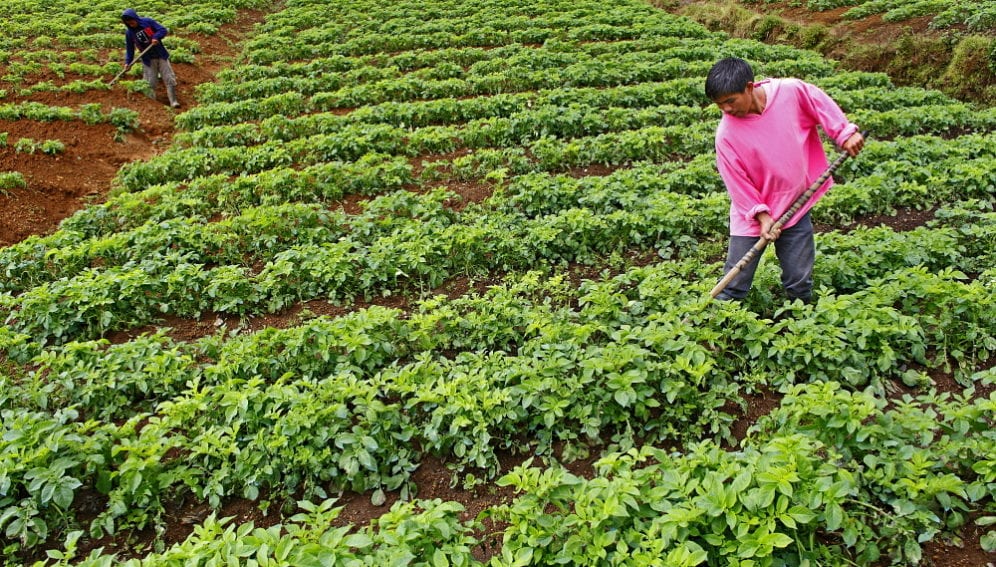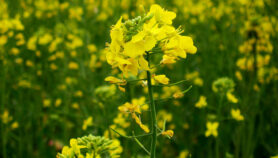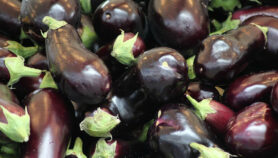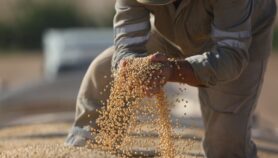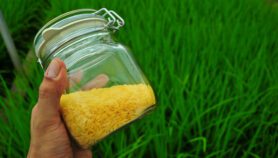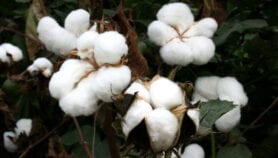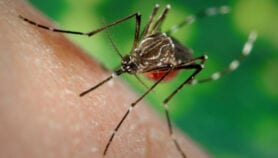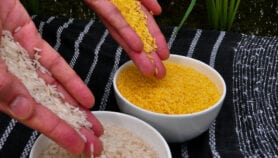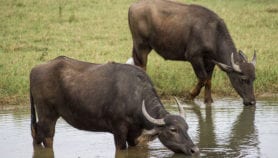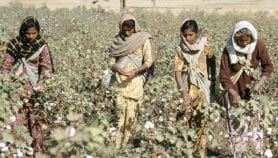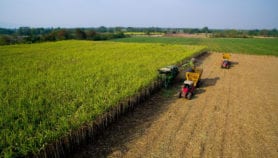By: Paul Icamina
Send to a friend
The details you provide on this page will not be used to send unsolicited email, and will not be sold to a 3rd party. See privacy policy.
[MANILA] The United States remains the leading grower of biotech crops in the world but developing countries are fast catching up.
In the latest annual report of the International Service for the Acquisition of Agri-biotech Applications (ISAAA), which supports the commercialisation of biotech products, 20 of the 28 countries which grow biotech crops are developing countries in Latin America, Africa and Asia including two South-East Asian nations.
“For the third consecutive year, developing countries planted more biotech crops than industrial countries,” said Rhodora Aldemita, ISAAA senior program officer who presented the report to Philippine media last 27 February in Makati City.
Developing countries now account for 96 million hectares of land planted to biotech crops, representing nearly 53 per cent of the global total of 181.5 million hectares.
The US remains the largest grower of genetically modified crops in 2014 with 73.1 million hectares, roughly 40 per cent of the total and with a declining percentage share. Brazil is second, with 42.2 million hectares. Argentina is third, followed by India, Canada and China.
In South-East Asia, the Philippines placed 12th in the global ranking, with 800,000 hectares planted to biotech maize, while Myanmar took the 15th spot, with 300,000 hectares for cotton.
Biotech is the fastest growing crop technology that has been adopted by 18 million farmers, says the report. In 2014, nine out of ten of these farmers were small cultivators in developing countries. The adoption rate has seen a 100-fold increase since biotech crops were first planted in 1996.
The biotech global market was worth US$15.7 billion in 2014, making the controversial biotech crops a significant part of the global farming landscape.
Some biotech products recently approved for planting include “Innate” potato, which is said to have low acrylamide (a potential carcinogen in humans) and lower wastage of up to 40 per cent.
Another biotech product is insect-resistant eggplant in Bangladesh where the crop is the principal vegetable.
Biotech potato and eggplant join other biotech crops such as drought-tolerant sugar cane in Indonesia and biotech beans in Brazil, which both claim to have direct consumer benefits
“We are seeing not only industrial crops used for feed but food crops like biotech potato,” said Eufemio Rasco Jr., who retired in February as executive director of the Philippine Rice Research Institute and who also spoke in the media forum.
“Food self-sufficiency has benefited from biotechnology without sacrificing the environment,” Rasco pointed out.
“Biotechnology is entering the mainstream,” noted Gil Saguiguit Jr., director of the Southeast Asia Regional Center for Graduate Study and Research in Agriculture (SEARCA), adding that he expects “more aggressive promotion” in the coming years.
>Link to the executive summary of the report
This article has been produced by SciDev.Net's South-East Asia & Pacific desk.


